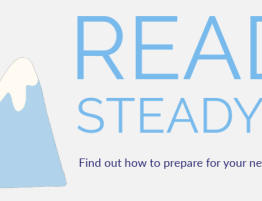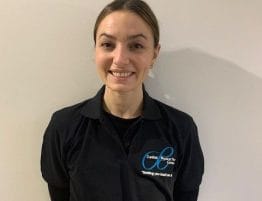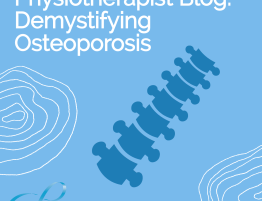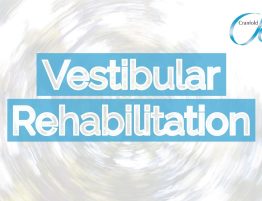
If you need to see us, please be assured we are ready to help you safely via video/telephone call and/or face to face in the practice.
PHASE 1
Optimal strength in the core abdominal muscles is essential for a pain free back and good posture. Strength of the muscles supporting the lower back is also crucial in preventing and managing back pain. That is why so many exercises not only include the abdominals, but also the legs, glutes (buttocks) and hip muscles.
YOUR REHABILITATION PROGRAMME
This exercise programme has specific exercises to strengthen muscles around your lower back and core. It is important to ensure the exercises are performed with good technique. Poor practice may place potential strain on your back. The following leaflet includes some exercises to help in your rehabilitation
PROGRESSION SPEED
Your therapist will advise you on the speed you should progress. Progression is not just about being able to do the exercise but to do it correctly, with appropriate control. If at any time, you feel pain or discomfort stop the exercises and consult your therapist.
Exercises
Click on any of the images below to view a video demonstration
PELVIC TILT LYING
L ie flat on your back, and engage your deep core muscles by drawing your belly button inwards (towards your spine slightly), while flattening your spine against the floor, then relax. Repeat as required.
ie flat on your back, and engage your deep core muscles by drawing your belly button inwards (towards your spine slightly), while flattening your spine against the floor, then relax. Repeat as required.
FLOOR SUPERMAN OPPOSITE
Lie on your front, and lift your opposite arm and leg, keeping them straight. Hold this position, and then relax. This exercise helps to arch your lower back (to create what is known as a lumbar hyperlordosis) while strengthening the lower back and buttock muscles.
SUPINE BRIDGE BASIC
 Lie flat on your back, with your knees bent, squeeze your bottom muscles and lift your body upwards. Keep your arms by your side and use them to help you balance. Make sure you maintain good posture (do not over-arch your lower back) and contract the deep abdominal muscles by squeezing your tummy towards your spine. This exercise helps to strengthen the
Lie flat on your back, with your knees bent, squeeze your bottom muscles and lift your body upwards. Keep your arms by your side and use them to help you balance. Make sure you maintain good posture (do not over-arch your lower back) and contract the deep abdominal muscles by squeezing your tummy towards your spine. This exercise helps to strengthen the
abdominal, lower back, gluteal and hamstring muscles
LUMBAR ROTATION

Lie on a bed or a floor. Bend your knees, and keeping your feet flat on the bed or floor, rotate your hips to one side creating a rotation through your lower back. Only go as far as feels comfortable, you do not need to get your knees to the floor. Return to the opposite side. This is an excellent lower back mobility exercise, especially if you have acute lower back pain or disc problems.
HORSE-STANCE WEIGHT SHIFT
Go on to all fours, and keep good posture. Draw your stomach inwards (towards the ceiling). Shift your weight from one side of your body to the other side. This is a great core control exercise to work the abdominal muscles.
LEG SLIDE

Lie on your back, with both legs straight, activate your deep abdominal muscles by drawing your stomach towards the floor. Slide one heel towards your bottom. Maintain only the slightest contact with your heel on the ground. Keep the leg slide slow and controlled. You can progress the exercise by lifting the opposite leg just a few inches off the ground, while sliding the other heel towards your bottom. This is a great core control exercise to work the abdominal muscles.
The information contained in this article is intended as general guidance and information only and should not be relied upon as a basis for planning individual medical care or as a substitute for specialist medical advice in each individual case. ©Co-Kinetic 2017
Free Cranfold Back Stretch Videos
Click the video thumbnail below to watch and join in with Physiotherapist, Karen.
Online Back School Course
Watch the trailer to find out if our online Back School could help you. If you’d like to purchase the course, click here.
Write a comment:
You must be logged in to post a comment.









